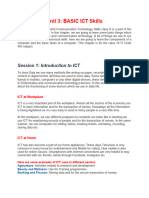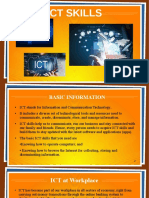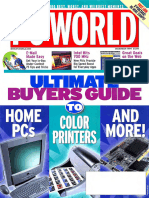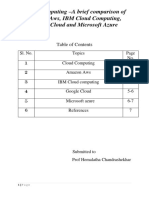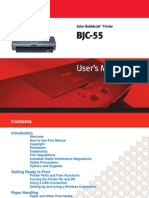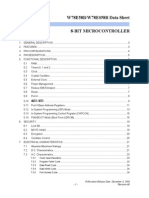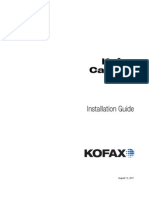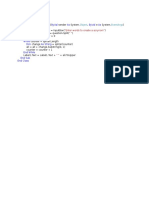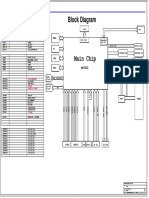0% found this document useful (0 votes)
37 views11 pagesClass 9-Basic ICT Skills
The document provides an overview of basic ICT skills for Class 9, covering topics such as the importance of ICT, the use of smartphones and tablets, and the components of a computer system. It explains various applications, internet connectivity, and basic computer operations, including file management and email usage. Additionally, it highlights the differences between RAM and ROM, and outlines the functions of different computer peripherals.
Uploaded by
Vini JainCopyright
© © All Rights Reserved
We take content rights seriously. If you suspect this is your content, claim it here.
Available Formats
Download as PDF, TXT or read online on Scribd
0% found this document useful (0 votes)
37 views11 pagesClass 9-Basic ICT Skills
The document provides an overview of basic ICT skills for Class 9, covering topics such as the importance of ICT, the use of smartphones and tablets, and the components of a computer system. It explains various applications, internet connectivity, and basic computer operations, including file management and email usage. Additionally, it highlights the differences between RAM and ROM, and outlines the functions of different computer peripherals.
Uploaded by
Vini JainCopyright
© © All Rights Reserved
We take content rights seriously. If you suspect this is your content, claim it here.
Available Formats
Download as PDF, TXT or read online on Scribd
/ 11






















